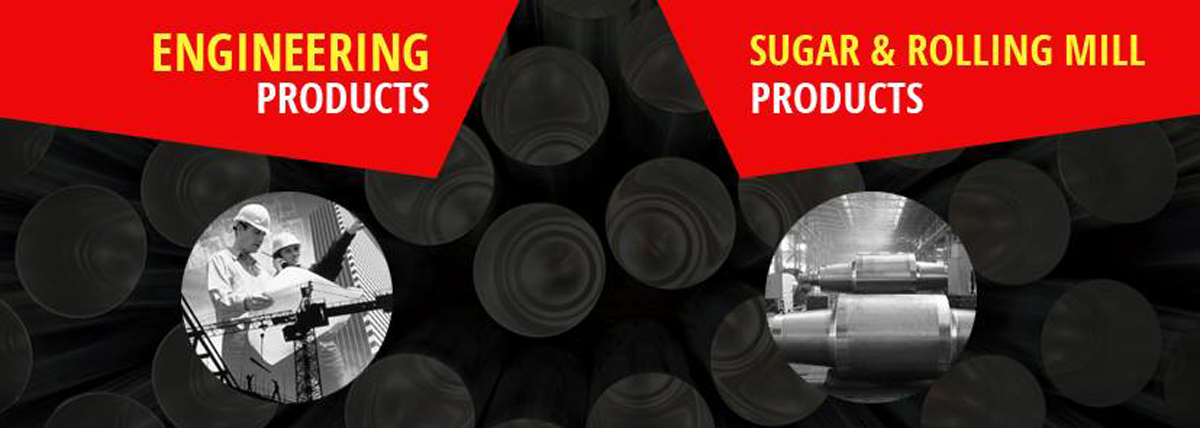Stainless steel seamless pipes have become essential components in various industrial sectors due to their unmatched strength, durability, and ability to withstand extreme environments. These pipes are particularly favored in industries that handle aggressive media, high pressure, or high-temperature applications. In this blog, we will explore what makes stainless steel seamless pipes unique, how they are manufactured, and why they are the go-to choice for many industries worldwide.
What Are Stainless Steel Seamless Pipes?
Stainless steel seamless pipes are tubular components made without any joints or welding, offering superior strength and reliability compared to welded pipes. Their construction eliminates weak points, making them ideal for high-pressure or high-temperature conditions. Seamless pipes are commonly manufactured in diameters up to 24 inches, and they can be tailored with different wall thicknesses to meet specific industrial needs.
This makes them highly suitable for sectors like petrochemicals, pharmaceuticals, and power generation, where failure due to pressure or corrosion can lead to significant operational risks.
The Manufacturing Process
The seamless pipe manufacturing process is complex and involves several critical steps to ensure quality and strength. It begins by selecting the appropriate grade of stainless steel, typically 304, 316L, or 321, depending on the application. The chosen steel undergoes a melting process, after which it is poured into a centrifugal casting machine. This machine shapes the steel into a hollow tube using centrifugal force.
Once the initial tube is formed, it undergoes scaling, straightening, and further sizing. The final stage includes multiple quality control tests to ensure the pipe meets industry standards for performance, durability, and resistance to extreme conditions. These tests are crucial as they guarantee that the pipes can handle high pressures, high temperatures, and exposure to corrosive materials without failing.
Applications of Stainless Steel Seamless Pipes
Seamless pipes are indispensable in many industries, including:
- Food Processing: Their non-corrosive nature makes them ideal for transporting liquids and other consumables without contamination.
- Oil and Gas: They are used for drilling, transportation, and refining due to their ability to withstand high pressures and temperatures.
- Pharmaceuticals: Seamless pipes ensure sterile and contamination-free transport of medicines and chemicals.
- Power Plants: The heat resistance of stainless steel makes seamless pipes essential in heat exchangers and boilers.
Due to their versatility and robust performance, these pipes are found in a broad range of markets, providing superior heat transfer, corrosion resistance, and pressure endurance.
Benefits of Using Stainless Steel Seamless Pipes
The advantages of seamless stainless steel pipes are numerous:
- Strength and Durability: Without any welded joints, seamless pipes can handle more stress, making them suitable for high-pressure applications.
- Corrosion Resistance: Stainless steel is naturally resistant to corrosion, particularly in environments exposed to chemicals, moisture, or high temperatures.
- Cost-Effective: Seamless pipes often require fewer support structures, which reduces both material and maintenance costs.
- Low Maintenance: Once installed, these pipes require minimal care, making them an economical option in the long run.
- Enhanced Finish: Stainless steel pipes can be polished to a smooth finish, making them aesthetically appealing and easier to clean.
Conclusion
Stainless steel seamless pipes are a critical component in industries that demand high performance, reliability, and long-term durability. Their exceptional strength, corrosion resistance, and ability to handle extreme conditions make them an invaluable asset in sectors like oil and gas, pharmaceuticals, and food processing. With the right care and routine inspections, these pipes can offer decades of service, providing cost-effective and reliable performance.

